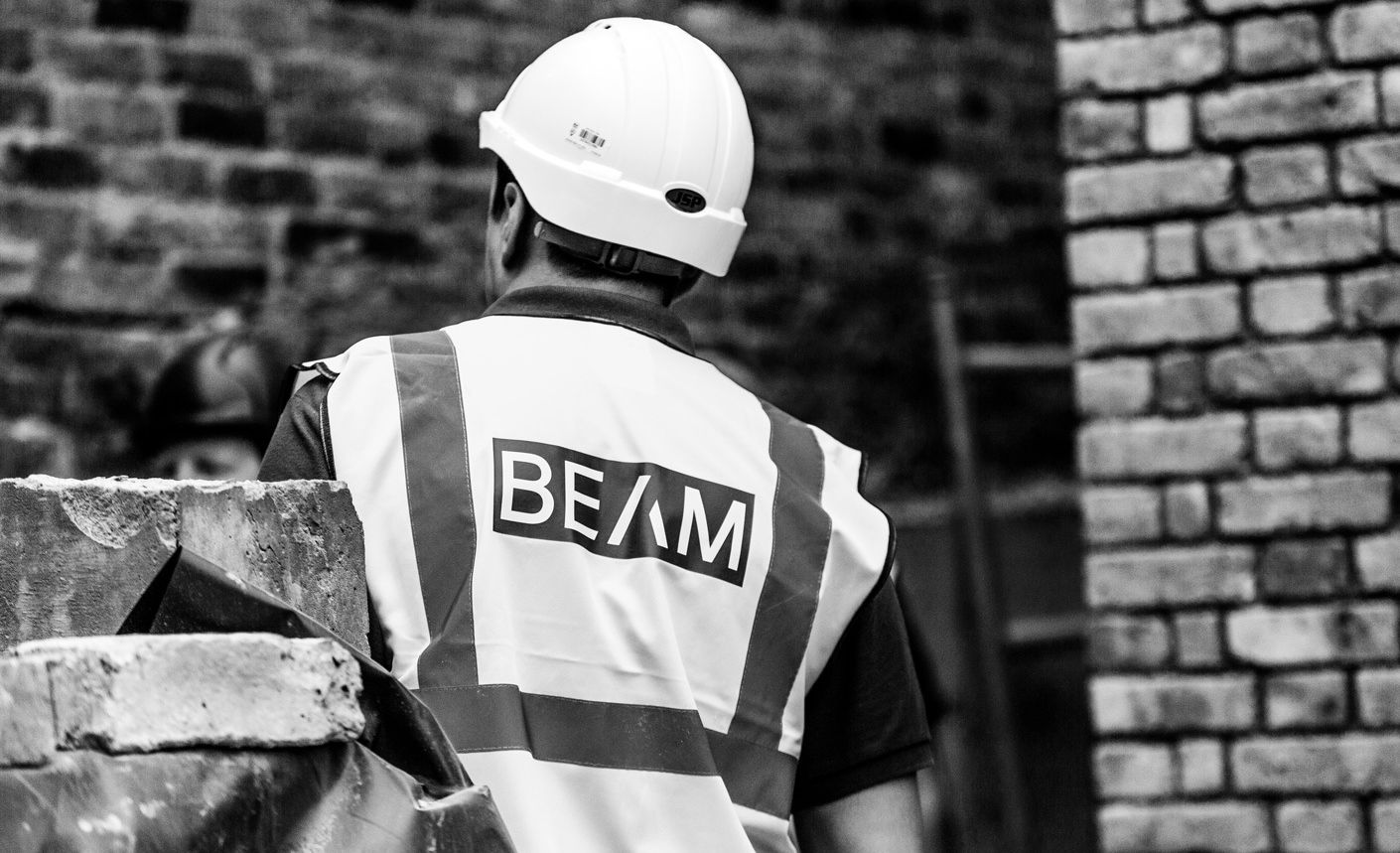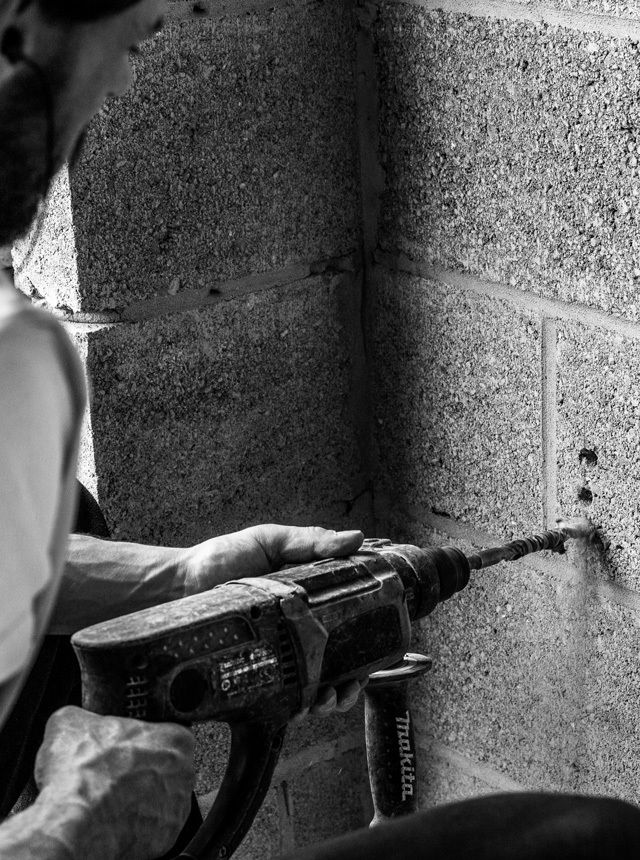insight
Smooth Construction Projects Part 1 – The Builder
Words by: Daniel Grimshaw
Words by: Daniel Grimshaw

“We are doing a big house renovation. We’ve done them before but nothing at this scale. We have an Architect, the designs are under way which is very exciting. When should we appoint our builder?
How do we choose a building company?”
This must be one of the most important decisions a client will make during a construction project. Choosing the right building company for the project can be ‘make or break’. We have all heard the horror stories, they get much more press and make for more sensational conversation. In reality there are probably many more good stories – where things went well. There are even some excellent stories where the project went smoothly and was a great success! Surely this should be the objective? A smooth successful project.
So what makes a project successful? What makes it run smoothly? How can one project end in disaster or in court, yet another runs smoothly, ends in a resounding success with everybody happy?
What sort of things go wrong and why? Can they be avoided? Why doesn’t everyone know how to avoid the problems? Let’s look into the possible causes of project failure, and try to get to the roots of those causes.
Falling out with the builder is the classic failure situation on a construction project. What could be worse than a dysfunctional relationship with the people who are responsible for creating your dream home. They have their hands on what is probably your most valuable asset, they are in control of ripping it up, and putting it back together again. You don’t have the specialist skills or knowledge to instruct them with any authority. They are telling you what can and what cannot be done (sharp intake of air – “don’t think we can do that – it’s gonna cost a lot more"… etc). You don’t have the time or experience to step in and take over – you are at their mercy!
To most people this prospect is terrifying and must be one of the greatest fears faced by clients. Falling out with the builder is not really an option so many projects limp over the line, and end up finishing as marginally substandard. The job gets done but the potential is not reached. Time and energy is wasted on pointless disputes and quarrels.
Even if the result is “good enough” – “Good enough is not good enough”.
It doesn’t have to be like this. Wouldn’t it be better if everyone involved could communicate well, if everyone involved understood their role and their responsibilities? If the success of the project was at the heart of all decisions and discussions? Of course it would, so how do we get there? Entering into a contract with a rogue builder will always end in tears. But sometimes it’s the good builders we fall out with too.
There could be two parts to this conversation:
1) What makes a ‘good builder’?
2) How do we get the best out of them?
Everyone will agree that a good builder is one we can trust. This is a primary requirement and overrides all other criteria. Without trust, the relationship is in jeopardy. That is a universal truth – and not just with builders of course. More on that in a minute.
What they actually do and how well they do it is a big consideration. Let’s call this ‘quality’. The trouble with quality is that it can be treated both objectively and subjectively. This makes it quite difficult to measure. High quality to one person may be mediocre quality to another. This may depend on the level of exposure and understanding, or it may be a question of priority? Do you “get what you pay for”? Generally the answer is yes (there are always exceptions). A higher level of quality will cost more to produce or deliver. Some builders can deliver that higher level, some cannot. The question is, what are they required to achieve for this project? You wouldn’t ask an Aston Martin mechanic to service your lawnmower. Of course they could do it, but you would not be capitalising on the experience and skill set of that mechanic. A less experienced mechanic could do just as good a job – and cost less. Equally you wouldn’t ask the lawnmower mechanic to service your Aston Martin!
So a good builder is one that is aligned with the client’s needs and budget. They must be able to produce the quality the client requires – at a cost the client is prepared to pay. Establishing this is absolutely key to the success of the project. Talking to previous clients about costs and looking at the finished work of a builder gives a good idea of what to expect. Beyond this, having an open and honest conversation about what is realistic for the budget, and what ‘quality‘ means will get to the next level of understanding.
A common trap that clients and builders fall into is that expectations are not aligned at the start. “One man’s meat is another man’s poison.” Many projects commence with stakeholders having different expectations and no-one has brought these into line. (A Project Manager has the opportunity to do this which we will talk about in a later article.)

“A good builder is not only about the good communication, the efficiency of the team, the tidy site and the quality of the finish. It is also about being the right fit for the project and about a clear understanding of what is expected.”
Let’s go back to trust again. Trust needs to go both ways. We all feel the need to trust the builder, but have you ever wondered how much the builder feels the need to trust the client? Balance is the key to so many things and balancing out this relationship could be the key to its success. The client has a problem the builder can solve – a construction project requiring specialist skills, knowledge and organisation. The builder has a problem the client can solve – the need for a paying project providing work for the team, revenue for the company and a purpose. This sounds like a good level starting point for the pending association.
A good level of understanding from both sides will help create harmony. A respect for the mutual problem solving must be established. It is the responsibility of the builder to respect the client’s wishes and to respect the financial investment they are making. This expenditure will be amongst the biggest that the client will make. The money has almost certainly been hard earned. Being responsible for the distribution of this money into the project is a privilege and a huge responsibility. The builder must respect this and always remember the balance in the relationship.
On the flip side, in the interest of balance, the client has a duty to understand the position of the builder. What risks are they exposed to, what margin do they need in order to break even, and what margin is ok for them earn as profit? Can the client see the project from the builders point of view?
“You never really understand a person until you consider things from his point of view... until you climb into his skin and walk around in it.“
Should clients be nailing the builders down to an unrealistic price and time frame? Should the builders be trying to squeeze time and money out of the clients? Why are so many construction projects “over time” and “over budget”? Could it be that the projects were not priced and planned properly in the first place?
There is an argument that we may not be getting the most out of our builders because we don’t establish realistic aligned expectations at the outset. We get a deal done and sign a contract, but is it a deal that works for everyone. Is it a deal that delivers for the project?
In Part 2 we will look at costing and planning in more detail and discuss how time spent up front could save time and money later on.